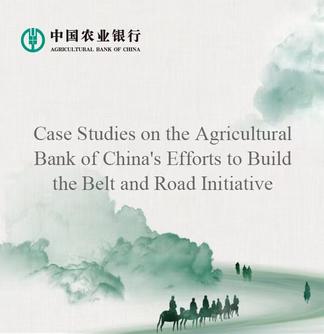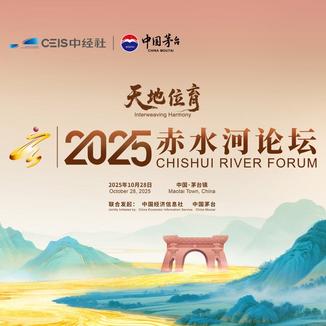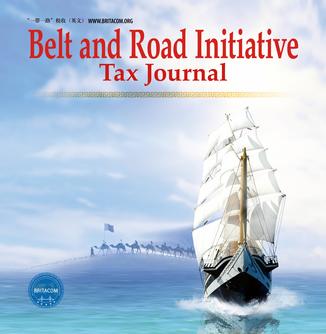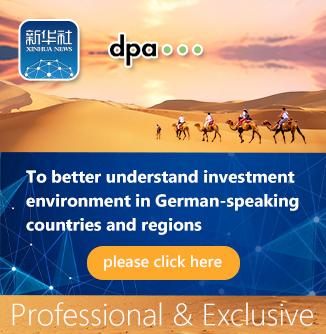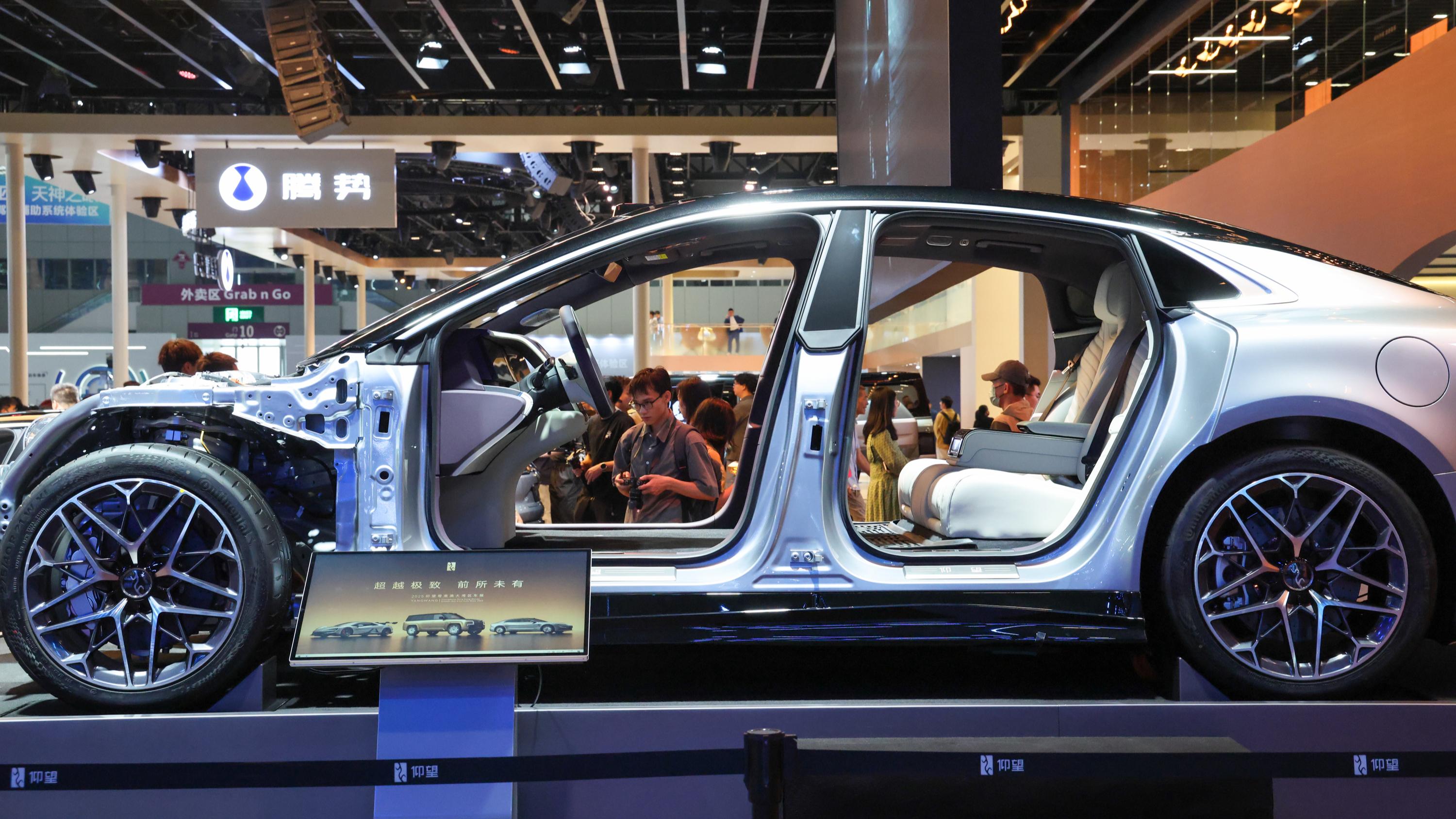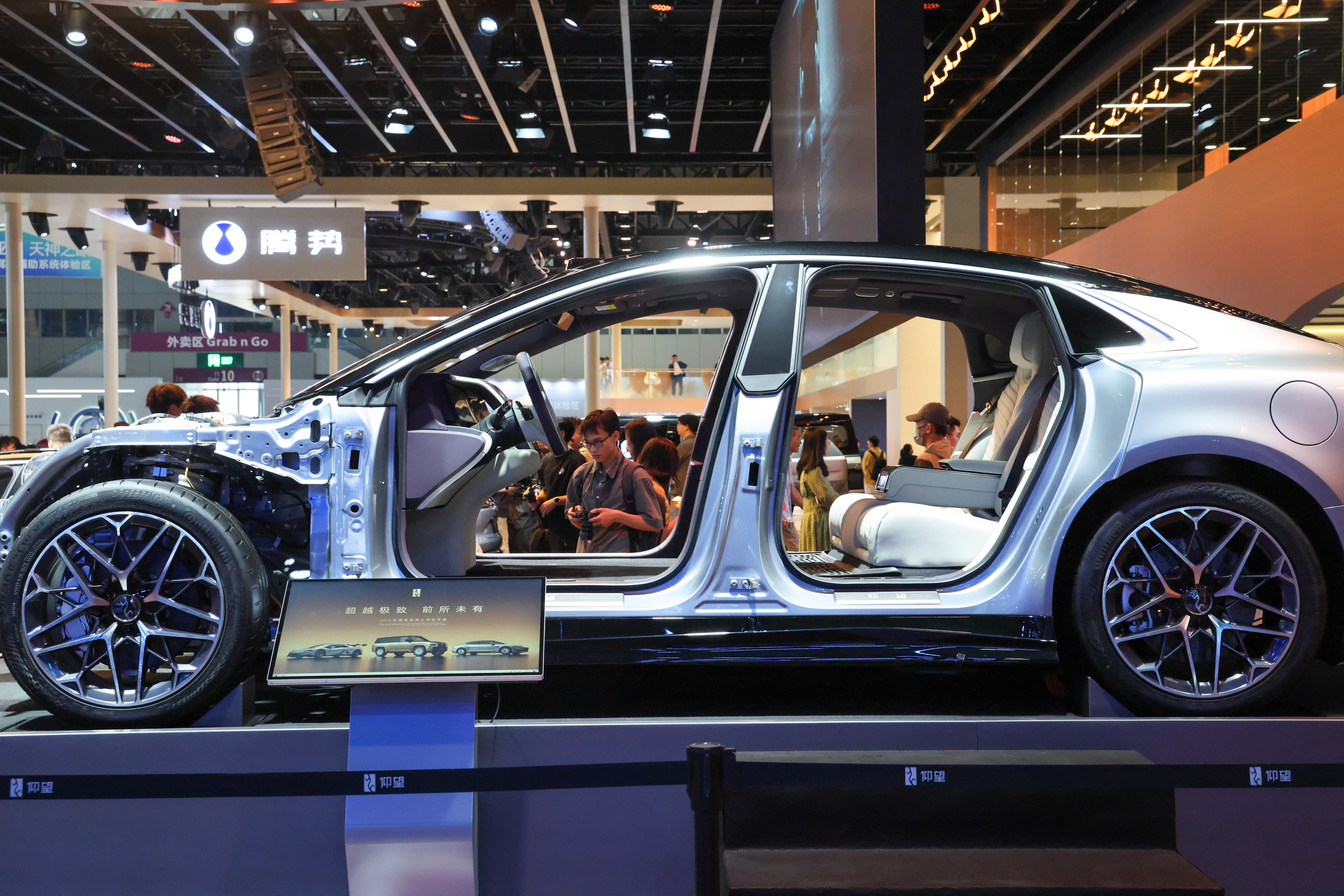
Visitors look at vehicles at the booth of BYD during the 2025 Guangdong-Hong Kong-Macao Greater Bay Area International Auto Show in Shenzhen, south China's Guangdong Province, May 31, 2025. (Xinhua/Liang Xu)
SHENZHEN, July 30 (Xinhua) -- Earlier this month, BYD Shenzhen, the world's second-largest car carrier of its kind, set sail from China to Europe with 6,817 BYD new energy vehicles (NEVs) on board, marking a notable shift in the world's largest auto market, once dominated by European brands.
Two weeks later, Chinese automaker BYD achieved a significant production figure by rolling out its 13 millionth NEV. The figures are very telling: in 2024 alone, the country produced and sold over 12 million NEVs, according to official data.
China's transformation from an automotive novice to an electric vehicle (EV) powerhouse has been decades in the making. In 1985, German automaker Volkswagen established China's first Sino-foreign car joint venture with SAIC Motor in Shanghai. Its Santana model achieved 10,000 sales within two years.
European cars were once the benchmark for Chinese automakers, a reality BYD experienced firsthand. In early 2004, then still known as a battery maker, BYD saw its first prototype vehicle, codenamed 316, bluntly dismissed by dealers as having "no hope" after a review. The setback prompted the company to adopt an aggressive learning strategy.
"We purchased and reverse-engineered dozens of market-leading cars to learn how successful models were designed," recalled BYD Chairman Wang Chuanfu. As a newcomer to the auto industry, the company adopted a "two-pronged" approach: learning to manufacture gasoline vehicles and concurrently developing EV technology.
This focus propelled China to the forefront of the EV revolution. The country established a complete industrial chain, encompassing vehicles, batteries, electric motor control systems, autonomous driving technology, smart cockpits, charging infrastructure, and the automotive aftermarket. This ecosystem offers a "Chinese solution" for global automotive development.
China-Europe collaboration is opening up new possibilities for the automotive industry. At its recent Chassis Tech Day, held at its headquarters in Friedrichshafen, German automotive supplier ZF Group showcased its latest steer-by-wire system, which has been adopted by Chinese automaker NIO. Through close collaboration with Chinese partners, ZF taps into China's fast-paced innovation ecosystem to transform key technologies into market-ready solutions, delivering win-win outcomes.
"For ZF, China is our fitness center," said the company's board member Peter Holdmann, describing the market as a source of both challenge and progress amid the industry's shift toward electrification and intelligent mobility. "We have many customers in China where we use their innovation speed to accelerate our own."
Shared decarbonization goals are further strengthening the partnership. Shenzhen-headquartered Chinese battery maker Sunwoda, a supplier to Volkswagen and Volvo, is now adapting to the latest EU battery regulations, which impose stricter requirements on all batteries sold within the bloc. These cover hazardous substances, carbon footprint, electrochemical performance, durability, labeling and other important factors.
"Power batteries require decarbonization across the entire industry chain," said Liang Rui, vice president of Sunwoda. "As a supplier, we have a responsibility."
China's auto industry is also seeing rebalanced partnerships between domestic and foreign automakers. A decade ago, the cooperation between China and Germany followed a pattern where Germany provided the technology, while China handled production, according to Franz Raps, dean of the College of Urban Transportation and Logistics at Shenzhen Technology University.
"Today, China is developing at a rapid pace and becoming much more advanced in science and technology. I think Sino-German cooperation needs to find a new balance point," Raps said.




 A single purchase
A single purchase

